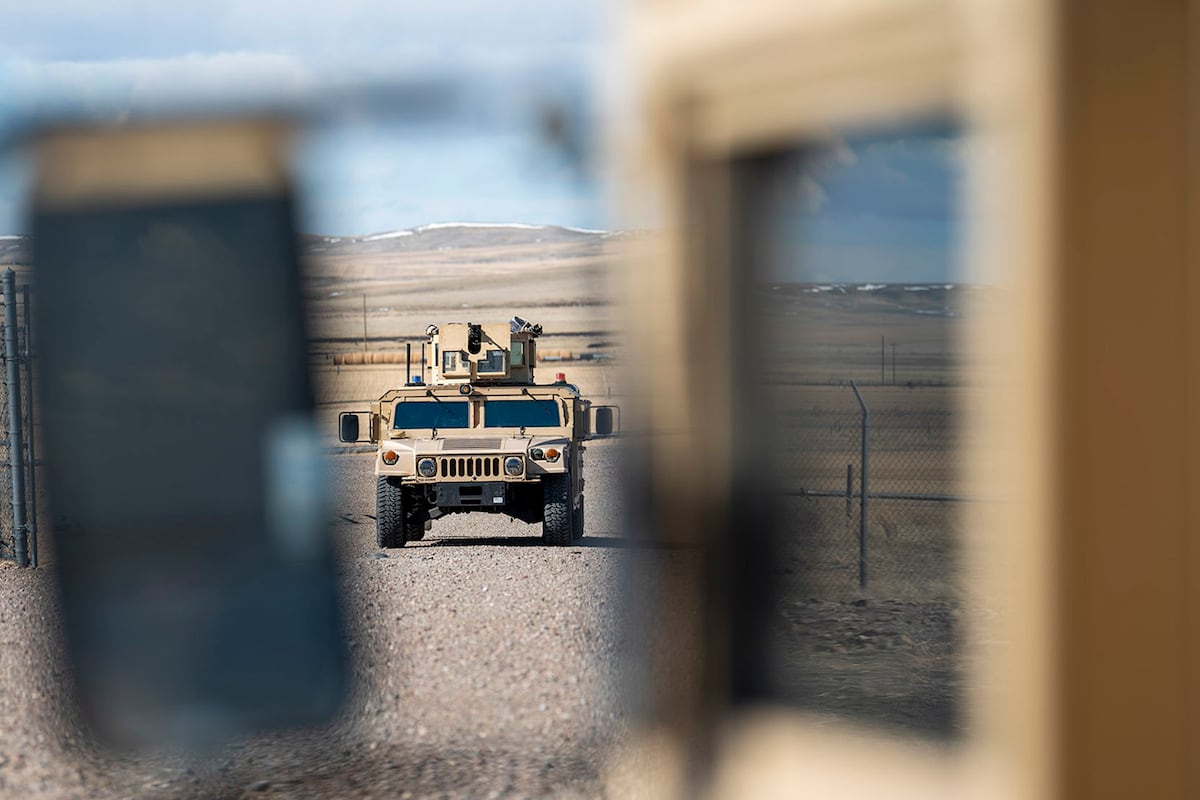In a significant move intended to overhaul the U.S. Army’s structure and operations, the Secretary of Defense has directed the Army Secretary to enact substantial reductions and consolidations. This initiative emphasizes the streamlining of programs, curtailing the number of high-ranking officers, and merging various commands, including a notable four-star command established during the previous administration.
Defense Secretary Pete Hegseth has issued a directive to Army Secretary Dan Driscoll aimed at implementing a “comprehensive transformation strategy.” This plan involves reforming the Army’s acquisition processes, modernizing contracts, and eliminating wasteful spending to enhance the Army’s effectiveness. Hegseth’s memo, released on Wednesday, emphasizes the need to “rebuild our Army, restore the warrior ethos and reestablish deterrence.”
Restructuring for Efficiency
Hegseth’s memo outlines the Army’s need to divest obsolete and inefficient programs while restructuring its headquarters and acquisition systems. It highlights the prioritization of areas such as long-range precision fires, missile defense, cyber capabilities, and electronic warfare. The Army is also encouraged to support initiatives like the Golden Dome missile defense architecture.
Significant changes in the chain of command are part of the transformation, with a reduced number of general officers and the merging of commands to create the “Western Hemisphere Command.” Additionally, Army Futures Command, which was founded in 2018, will be integrated with Training and Doctrine Command.
The establishment of the Army Futures Command was a key move under then-Army Chief of Staff Gen. Mark Milley to overcome bureaucratic challenges. Located in Austin, Texas, the command has focused on advancing modernization priorities, particularly long-range precision fires. The new directive aims to consolidate this command structure to enhance efficiency.
Leaner, More Agile Forces
Hegseth’s memo calls for reshaping the Army’s formations to enhance combat power through integrated capabilities, including kinetic and non-kinetic fires and unmanned systems. This involves reducing traditional helicopter units in favor of developing affordable drone swarms. The Army’s recent decision to halt the Future Attack Reconnaissance Aircraft program demonstrates a shift towards drone utilization.
As part of the restructuring efforts, the Army plans to cancel the AH-65D helicopter production, shifting focus to the AH-64E variant. The service also intends to eliminate or scale back older programs and vehicles, including the Gray Eagle UAV. By 2027, the Army aims to introduce a long-range missile capable of targeting both land and maritime threats.
Accelerating Acquisition and Modernization
The need for rapid acquisition of technology has been emphasized, with adjustments in funding mechanisms to ensure swift procurement. The memo advocates for capability-based funding, particularly for unmanned aircraft systems and electronic warfare. Efforts to secure right-to-repair provisions in contracts and expand the use of Other Transaction Authority agreements are also underway to streamline prototype development.
Driscoll’s letter highlights the ongoing “transformation initiative,” building on the Army chief’s “Transformation in Contact” initiative. This strategy is set to expedite the acquisition process, including modernizing key assets like the Abrams tank and introducing Future Long-Range Assault Aircraft.






